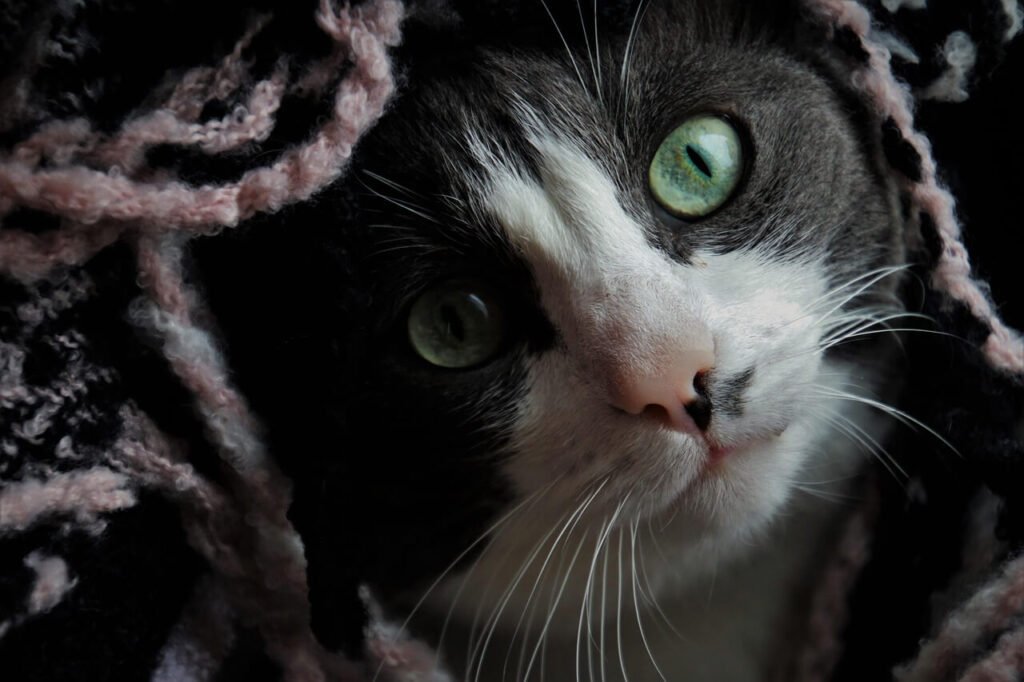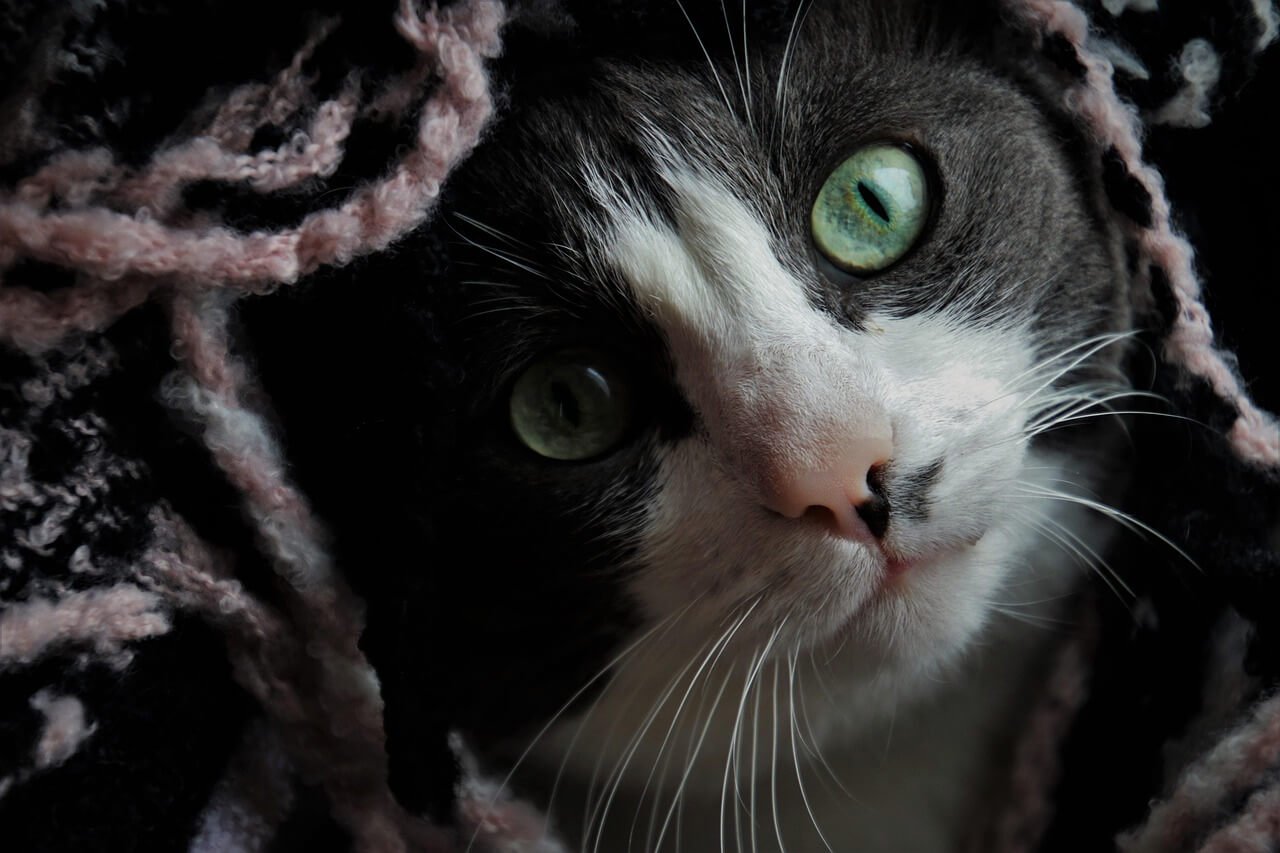Why Doesnt My Cat Play with Toys?
Cats are often portrayed as playful, curious creatures who love to chase, pounce, and bat around toys. So, it can be puzzling—and even a little disheartening—when your feline friend shows little to no interest in the toys you’ve carefully chosen for them. Is something wrong? Are they bored, unwell, or simply not interested? The truth is, there are many reasons why a cat might not engage with toys, ranging from personality quirks to environmental factors. In this blog post, we’ll explore the possible causes behind your cat’s lack of playfulness and provide practical tips to reignite their curiosity. With patience and understanding, you can help your cat rediscover the joy of play.
Common Reasons Why Cats Ignore Toys
If your cat isn’t playing with toys, don’t worry—it’s not necessarily a cause for alarm. There are several common explanations for this behavior, and understanding them is the first step toward addressing the issue.
Lack of Stimulation:
Some cats may lose interest in toys if they’re not engaging enough or fail to mimic natural prey-like movements.Age and Energy Levels:
Older cats or those with lower energy levels may prefer lounging over active playtime.Overstimulation or Stress:
A stressed or overstimulated cat might avoid toys altogether, focusing instead on finding a calm environment.Health Issues:
Pain, discomfort, or underlying medical conditions can sap a cat’s energy and enthusiasm for play.Personality Differences:
Not all cats are naturally playful—some simply have more reserved personalities and prioritize other activities.
Identifying the root cause of your cat’s disinterest in toys is key to finding the right solution.
How to Choose the Right Toys for Your Cat
Selecting the right toys can make all the difference in sparking your cat’s interest. Here are some tips to ensure you’re offering toys that align with their preferences and instincts.
Mimic Prey Movements:
Cats are natural hunters, so toys that move unpredictably, like wands or feather teasers, often capture their attention.Incorporate Sounds and Textures:
Toys that crinkle, rattle, or have interesting textures can pique a cat’s curiosity and encourage exploration.Experiment with Different Types:
Try a mix of interactive toys (you control), self-play toys (independent use), and puzzle toys (mental stimulation) to see what resonates.Rotate Toys Regularly:
Keeping toys fresh by rotating them every few days prevents boredom and maintains novelty.Avoid Overwhelming Options:
Too many toys at once can overwhelm some cats, so start small and observe which ones they gravitate toward.
By tailoring your toy selection to your cat’s unique preferences, you can create a more engaging and enjoyable play experience.
Check this guide 👉Top 4 Best Interactive Cat Toys for Happy Playtime!
Check this guide 👉Why Does My Cat Bring Me Toys? Best 7 Behavior Tips!
Check this guide 👉How to Play with a Cat Without Toys: Best 7 Expert Tips!

Signs Your Cat Might Be Bored | Ways to Encourage Playfulness |
|---|---|
Lethargy or excessive sleeping | Introduce new toys or rotate old ones |
Destructive behavior (scratching furniture) | Use interactive toys during play sessions |
Lack of interest in surroundings | Create a stimulating environment with climbing structures |
Pacing or restlessness | Incorporate food puzzles for mental stimulation |
Hiding or withdrawal | Spend quality one-on-one time playing together |
Tips for Making Playtime More Appealing
Sometimes, it’s not just the toys themselves but how you introduce them that makes a difference. These strategies can help make playtime irresistible to your cat.
Engage in Interactive Play:
Use wand toys or laser pointers to actively participate in play, mimicking the thrill of hunting.Follow Their Lead:
Pay attention to what excites your cat, whether it’s chasing, batting, or stalking, and tailor play accordingly.Set a Routine:
Establish regular playtimes to build anticipation and consistency, helping your cat associate certain times with fun.Reward Positive Engagement:
Offer treats or praise when your cat shows interest in toys to reinforce the behavior.Keep Sessions Short and Fun:
Cats have short attention spans, so aim for 10-15 minute bursts of play rather than prolonged sessions.
With these techniques, you can transform playtime into an exciting and rewarding experience for your cat.
Environmental Factors That Influence Play Behavior
Your cat’s surroundings play a crucial role in their willingness to engage with toys. Addressing environmental factors can help boost their interest in play.
Provide Vertical Space:
Cats love to climb and perch, so adding shelves or cat trees can encourage exploration and energetic movement.Create a Safe Space:
Ensure your home has quiet areas where your cat feels secure, reducing stress that could hinder playfulness.Use Natural Light and Views:
Position toys near windows with bird feeders or outdoor views to stimulate curiosity and activity.Minimize Noise and Distractions:
Loud environments or frequent disruptions can deter cats from playing, so aim for a peaceful setting.Add Scented Toys:
Cats rely heavily on scent, so incorporating toys infused with catnip or silver vine can make them more enticing.
By optimizing your cat’s environment, you can create a space that fosters natural behaviors and encourages play.
Understanding Feline Hunting Instincts
Cats are natural-born hunters, and their play behavior often mirrors their instinct to stalk and chase prey. Understanding these instincts can help you choose toys and activities that resonate with your cat.
Focus on Movement:
Toys that dart, flutter, or zigzag mimic the erratic movements of prey, capturing your cat’s attention.Encourage Stealth and Stalking:
Hide toys under blankets or behind furniture to simulate hiding spots for “prey.”Reward Successful “Hunts”:
End play sessions by letting your cat “catch” the toy, reinforcing their sense of accomplishment.Incorporate Scents:
Adding scents like catnip or feathers can enhance the realism of the hunting experience.Respect Individual Preferences:
Some cats prefer ground-based toys, while others enjoy aerial targets; observe and adapt accordingly.
Tapping into your cat’s hunting instincts can make playtime feel more natural and fulfilling.
Addressing Potential Health Concerns
If your cat suddenly stops playing with toys, it’s important to rule out any underlying health issues that might be affecting their energy or interest.
Check for Pain or Discomfort:
Arthritis, dental problems, or injuries can make play uncomfortable for your cat.Monitor Appetite and Energy Levels:
Changes in eating habits or lethargy could indicate a medical condition requiring veterinary attention.Schedule Regular Check-Ups:
Annual vet visits help catch health issues early before they impact your cat’s quality of life.Look for Behavioral Changes:
Withdrawal, aggression, or excessive vocalization may signal pain or illness.Consult Your Vet:
If you notice persistent disinterest in toys, seek professional advice to rule out health-related causes.
Addressing health concerns ensures your cat is physically able to engage in play.
Building Trust Through Play
Playtime isn’t just about fun—it’s also an opportunity to strengthen the bond between you and your cat. Building trust through play can make your relationship more meaningful and enjoyable.
Be Patient and Gentle:
Avoid sudden movements or loud noises that might startle your cat during play.Let Your Cat Take the Lead:
Follow their cues and adjust your approach based on their comfort level.Use Positive Reinforcement:
Reward playful behavior with treats, affection, or verbal praise to build confidence.Create a Safe Atmosphere:
Ensure playtime feels secure and free from judgment or pressure.Celebrate Small Wins:
Acknowledge progress, no matter how minor, to encourage continued improvement.
Through trust and mutual enjoyment, playtime becomes a cherished part of your shared routine.
Frequently Asked Questions About Cat Play Behavior
Why does my cat only play for a few minutes?
Cats have short bursts of energy due to their natural hunting instincts, so brief play sessions are normal.
What if my cat seems scared of toys?
Introduce toys slowly and choose softer, less intimidating options to build confidence.
Can older cats still enjoy playing?
Yes, though their play style may be gentler; opt for low-impact toys suited to their energy level.
Should I force my cat to play?
No, forcing play can increase stress. Instead, gently encourage and respect their boundaries.
How do I know if my cat is bored?
Signs include lethargy, destructive behavior, or excessive grooming; increasing enrichment can help.
Reigniting Your Cat’s Inner Playfulness
Every cat is unique, and while some may not show immediate enthusiasm for toys, there are countless ways to inspire their inner hunter. By understanding your cat’s personality, providing the right tools, and creating a stimulating environment, you can unlock their playful potential. Remember, patience and observation are key—your cat will let you know what works best for them. Whether through interactive play, environmental enrichment, or simply spending quality time together, nurturing your cat’s playful side strengthens your bond and enriches their life.
Canned Pumpkin for Cat Diarrhea: Best 7 Expert Tips! Natural remedy to firm stools, soothe upset bellies, and support gut health safely.
Can a Cat Give You Scabies? Best 7 Expert Tips! Discover the truth about feline mites, human skin risks, and how to protect yourself—without panic.
Cat Flea vs Human Flea: Best 7 Expert Tips! Discover the truth about bites, species, and how to eliminate infestations for good.
Weird Cat Behaviors: Best 7 Expert Tips! Discover why cats do strange things—and how to understand, not punish, their instincts for a happier home.





